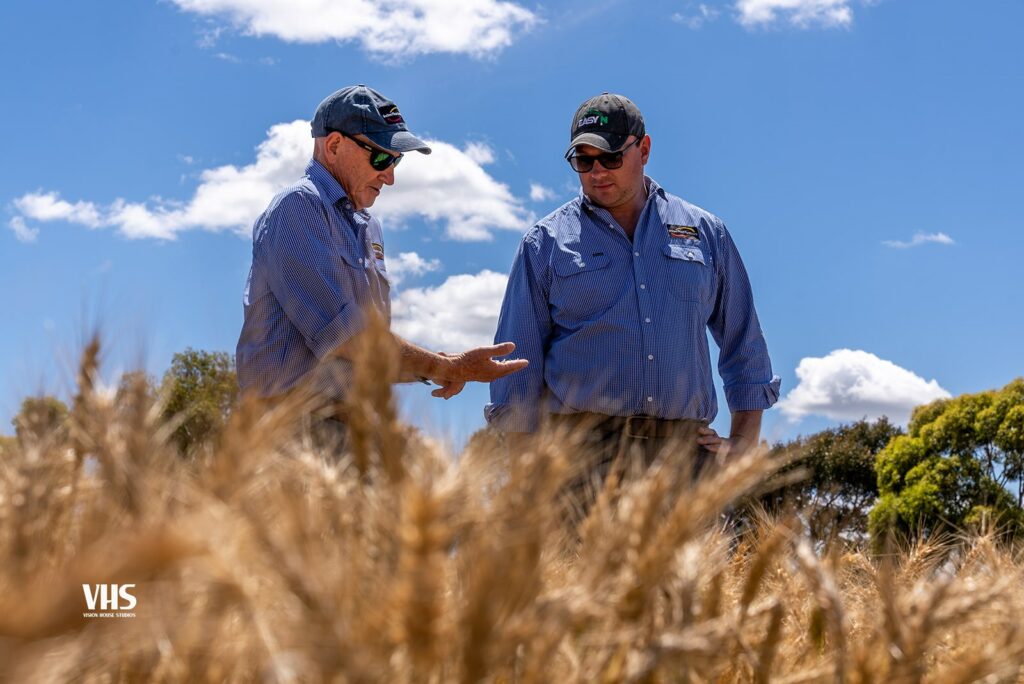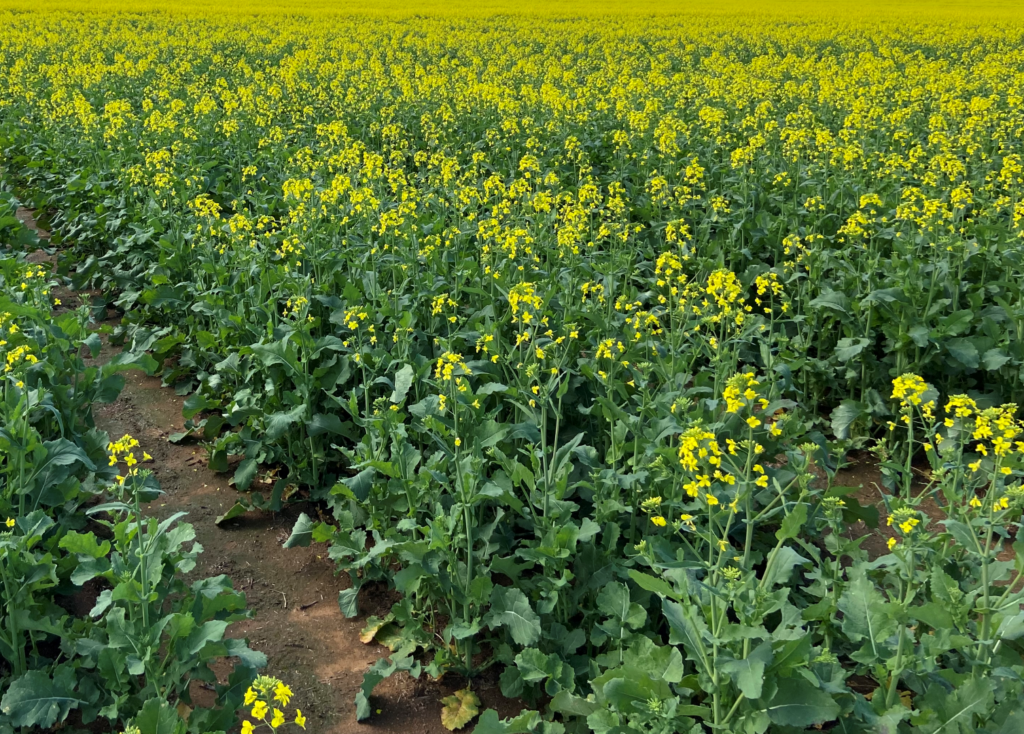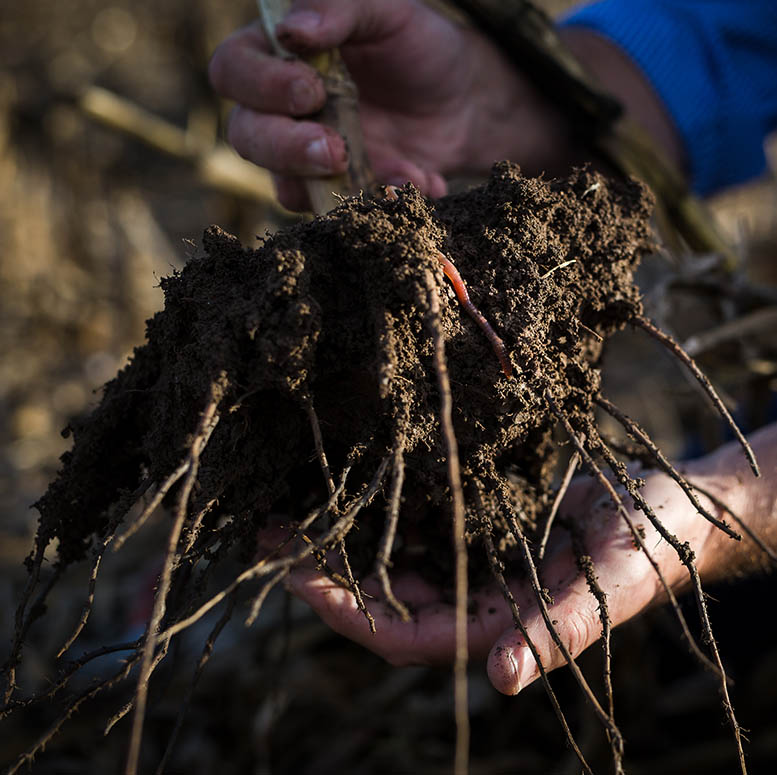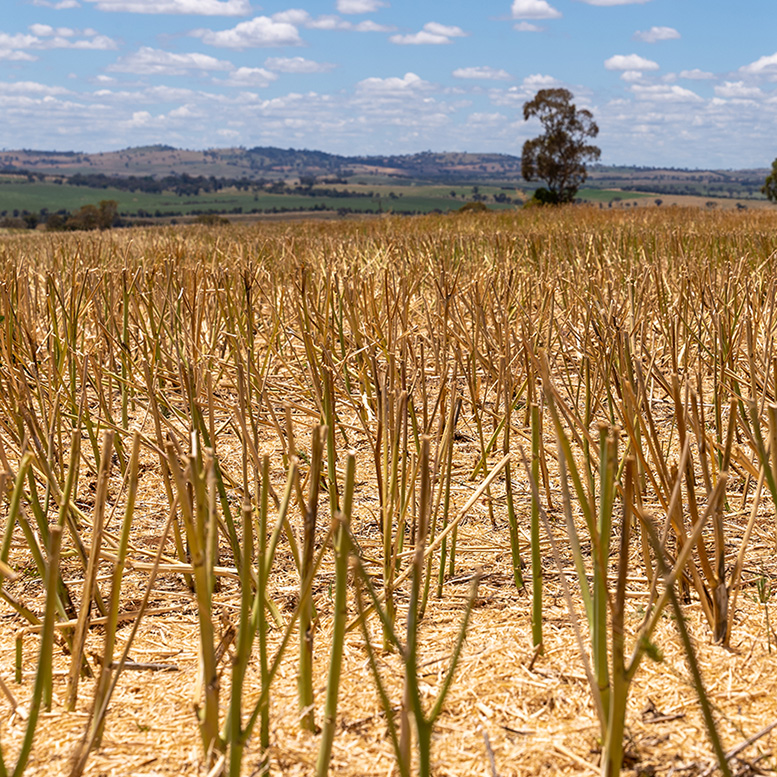Agronomic Insights

Copper – the importance to animal health and its relationships with other nutrients
03 May 2024
Fiona McDonald – IPF Technical Agronomist
Copper (Cu) has an important function in the animal; it aids in haemoglobin formation and has a role in bone and joint development. It is also important in the effective functioning of the digestive tract, the development of a protective sheath around nerves and for the pigmentation of hair.
Deficiency symptoms:
in cattle include:
- Change of hair colour
- Diarrhea
- Weight Loss
- Falling disease – sudden heart failure
- Bone fracturing
in sheep include:
- Loss of crimp, steely wool
- Sway back or enzootic ataxia of lambs. Newborn lambs may be unable to stand or still born. Lambs up to six months of age may develop uncoordinated gait.
- Conception rates
There are two mechanisms that can result in a copper deficiency.
- Primary – occurs when soil with low copper levels produces a pasture with low copper levels and therefore the sheep/cattle also have low levels.
- Secondary – occurs due to the antagonistic relationship of copper with other nutrients. Molybdenum, sulfur and iron can all reduce the availability of copper to animals by forming insoluble complexes. They can act alone or in combination.
Copper’s relationship with other nutrients
Molybdenum
Molybdenum is essential for the formation of enzymes in legumes which regulate nitrogen metabolism and promote root nodulation and nitrogen fixation. However, it is only required in small amounts. If molybdenum becomes excessive relative to copper in the pasture, this excess molybdenum could then combine with sulfur in the sheep to form thiomolybdate complexes. These readily bind to copper, making it unavailable for absorption and inducing copper deficiency.
When applying molybdenum, care should be taken to ensure copper levels in pasture are also adequate. Options include plant tissue testing to assess copper levels, applying a fertiliser that supplies both molybdenum and copper or considering copper feed supplements, drenches or injectables on the advice of a veterinarian or animal health adviser.
Be aware that molybdenum levels can increase with liming. Liming increases the pH which in turn increases molybdenum availability to the plant. If you are liming, it is not recommended to apply molybdenum in the same year. Wait and check the molybdenum levels with a plant tissue test.
Sulphur
Sulphur also has the potential to interrupt the availability of copper to sheep. Sulphur can bind with copper within the animal to form copper monosulphide, which can’t be absorbed. Where SuPerfect® (11% sulphur) or other high-sulfur pasture fertilisers are used at rates which increase soil sulphur levels, this has the potential to decrease copper availability.
Iron
The ingestion of iron can also have an effect, although less is known about this interaction. High levels of iron in relation to copper (100:1) or diets containing over 150 mg of iron/kg of dry matter are likely to reduce copper availability. Be aware that iron levels can often be inflated in tissue test results because of dust contamination, so if testing for iron the sample may need to be washed with distilled water.
Diagnosing with a plant tissue test
If you suspect copper deficiency, make sure you conduct a tissue test before deciding on a course of action. The Meat and Livestock Australia review of copper deficiency found leaf tissue testing was the most useful and cost-effective way to identify a potential copper deficiency. It also has the advantage of being able to assess the influence of other minerals. Blood tests were found to be a poor indicator of copper status in livestock. Liver biopsies are effective in determining an animal’s copper status, but there are obvious limitations with this approach.
The Nutrient Advantage® laboratory offers a complete pasture tissue testing service for graziers and their advisers. Tissue tests can be done at any time, but they are usually conducted in winter or spring when the pasture is actively growing and it’s easy to select a good representative sample.
Critical values
The critical tissue copper levels for sheep are shown in Table 1. As the pasture copper concentration decreases, or the copper to molybdenum ratio decreases, copper deficiency in livestock becomes more severe.
Table 1: Watch points for pasture copper concentration and pasture Cu:Mo ratio
| Deficiency state | Pasture Cu concentration | Pasture Cu:Mo ratio | Action required |
| Adequate | >7 mg/kg DM | >5:1 | N/A |
| Marginal | 7 mg/kg DM | 5:1 | Continue monitoring pasture mineral concentration and observe for any levels of reduced productivity in the flock. |
| Moderate | 5 mg/kg DM | 3:1 | Consider supplementation to coincide with timing of deficiency, particularly where signs of reduced productivity are observed in the flock. |
| Severe | 3 mg/kg DM | 2:1 | Supplementation with copper is required to ensure adequate animal health and productivity. |
Source: Copper deficiency: a review of the economic cost and current constraints to effective management of copper deficiency in southern Australian sheep flocks, by Hamish Dickson, published by Meat and Livestock Australia Limited, 2016.
Fertiliser strategies
If you need to apply copper there are several options (including granule blends or spray on coatings), depending on product and rate requirements. Typically, copper is applied to the soil at 1 to 2 kg/ha. How long the application remains effective will depend on climate, soil and nutrient management.
If copper has not been applied to a pasture for a number of years, it could be worth considering applying a low rate with the autumn SuPerfect application, followed by a tissue test in winter or spring to assess copper levels in the pasture.
Animal health experts may also suggest products such as copper licks, blocks, water additions, feed additives, rumen boluses, drenches and injectables. Make sure you are sharing information between your veterinarian and pasture adviser so as not to double up on copper.
If your pastures also need molybdenum and boron make sure you tissue test, then if required, apply with an autumn or spring topdress fertiliser application.
For more information on taking plant tissue tests please see the Plant Tissue Sampling Guide:
https://www.nutrientadvantage.com.au/our-services/forms/sampling-instructions
Further information
In the meantime, if you have any queries or would like to discuss copper or other micronutrients in more detail, please contact
fiona.mcdonald@incitecpivot.com.au or 0488 772 144.
lee.menhenett@incitecpivot.com.au or 0412 565 176
Reference
Copper deficiency: a review of the economic cost and current constraints to effective management of copper deficiency in southern Australian sheep flocks, by Hamish Dickson, published by Meat and Livestock Australia Limited, 2016.
Hannan R.J., Judson G.J., Reuter D.J., McLaren L.D., and McFarlane J.D. 1982. Current requirements of copper for pasture and sheep production on sandy soils in the upper southeast of South Australia. Aust. Journal of Exp. Ag. And Animal Husbandry 22(117) 324-330.
Hosking, W.J., Caple, I.W., Haplin, C.G., Brown, A.J., Paynter, D.I., Conley, D.N., & North-Coombes, P.L. 1986. Trace Elements for Pastures and Animals in Victoria.
® Nutrient Advantage and SuPerfect are registered trademarks of Incitec Pivot Limited. Incitec Pivot Fertilisers is a registered trademark of Incitec Fertilisers Limited ABN 56 103 709 155. This is a guide only, which we hope you find useful as a general tool. While Incitec Pivot Fertilisers has taken all reasonable care in the preparation of this guide, it should not be relied on as a substitute for tailored professional advice and Incitec Pivot Fertilisers accepts no liability in connection with this guide.
Resources
DOWNLOAD INSIGHTDISCLAIMER
This is a guide only, which we hope you find useful as a general tool. While IPF has taken all reasonable care in the preparation of this guide, it should not be relied on as a substitute for tailored professional advice and IPF accepts no liability in connection with this guide. Incitec Pivot Fertilisers manufactures and sources fertilisers from other suppliers. The fertiliser supply chain extends beyond the company’s direct control, both overseas and within Australia. Incitec Pivot Fertilisers hereby expressly disclaims liability to any person, property or thing in respect of any of the consequences of anything done or omitted to be done by any person in reliance, whether wholly or in part, upon the whole or any part of the contents of this article.
You might also be interested in these

Winter Crop
Strategies for optimising nitrogen use efficiency for challenging seasons
June / 2023

Winter Crop
Measure to manage sulphur in canola plantings
June / 2024

Horticulture, Pasture, Sugar, Summer Crop
Poor Soil Structure – Have you identified if it is costing you profitability?
November / 2023

Winter Crop
Down, down, soil phosphorus levels are down…
January / 2024

